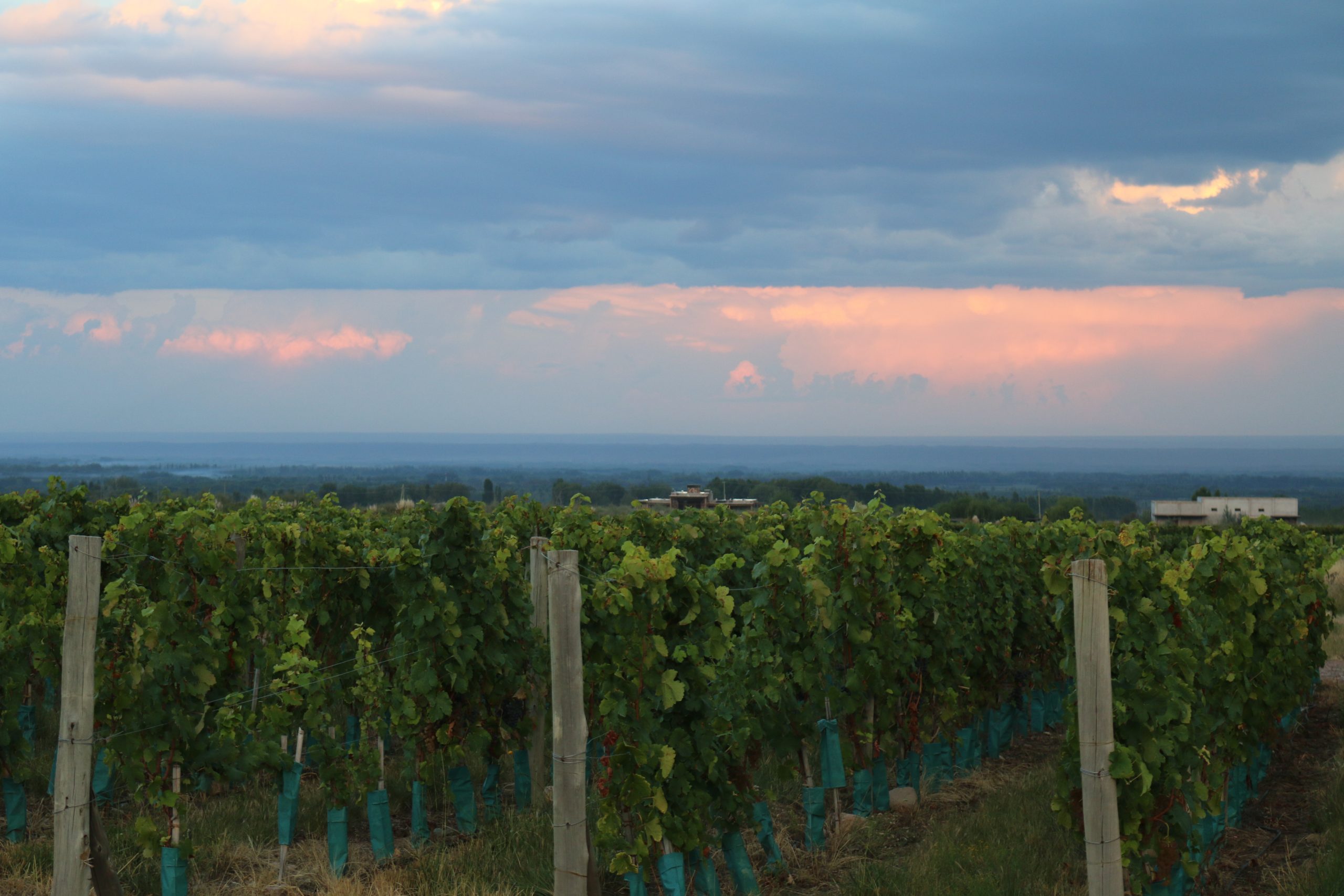This year was a wet one for Argentina’s biggest wine region, Mendoza. Cuyo is the heart of the Argentine wine scene, producing the large majority of wines in the country, and was the worse affected by the wet and cool effects of El Niño which dropped wine production numbers by around 40% this year.
“This year the problem was peronospora and powdery mildew, because the rains came early they attacked the leaf a lot,” explains Trapiche winemaker Daniel Pi.
The rain and associated health problems in the vineyard meant that producers needed to use around 400% more treatments in the vineyard than usual. While the treatments needed in the vineyard were still a lot less than needed on a normal year in Bordeaux, in the land of ‘sol y vino’ it was an additional cost which many small producers weren’t prepared to fork out. The biggest losses were in the east of Mendoza where the grape prices aren’t high enough to warrant the additional vineyard costs and so producers abandoned their vines.
It wasn’t all bad news though, many winemakers were pleased with their results as the rain and cooler temperatures made it a fresher vintage, lowering alcohol levels by up to 2% “2016 is a year for those who – like me – appreciate freshness, tension, low alcohol and natural acidity,” said Altos Las Hormigas winemaker Leonardo Erazo. “The ones that appreciate spices and long fine-grain tannins. The ones that appreciate Malbec wines that effortlessly fill tables with empty bottles. For those who appreciate this style, 2016 was a truly fine year.”
Beyond Mendoza, producers were also pleased with this year’s vintage. Rio Negro and Neuquen had an average year however their grape prices rose dramatically as Mendoza winemakers came south to get the extra fruit. San Juan also had a productive harvest making it a sought-after fruit supplier. And in the far north in Cafayate, Salta, the harvest had a reduced numbers due to a frost earlier in the season but the fruit was concentrated and balanced making it a top vintage.
